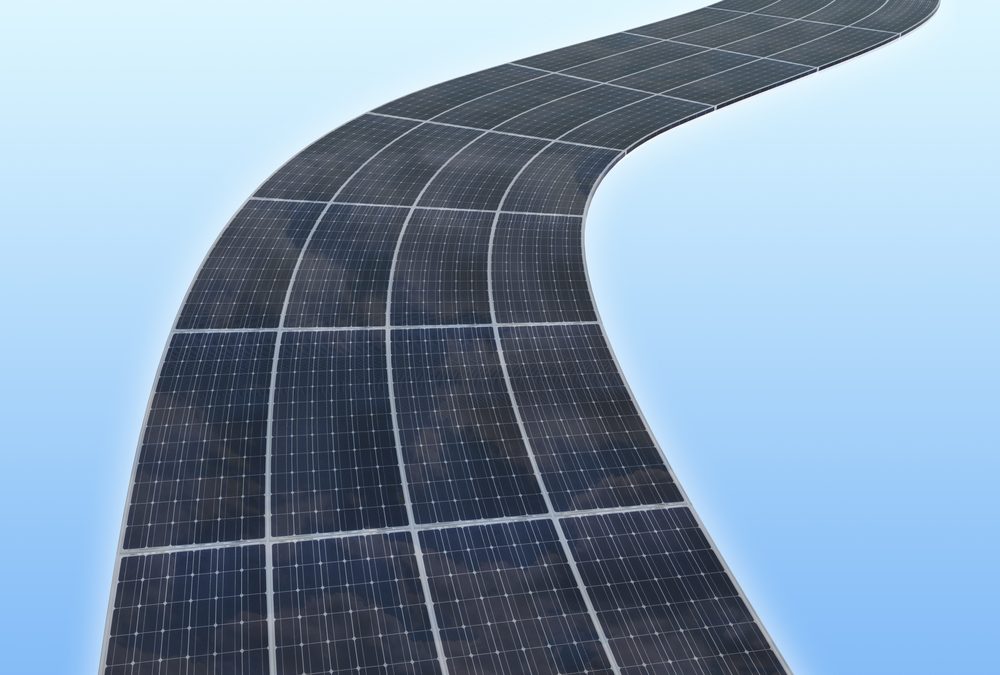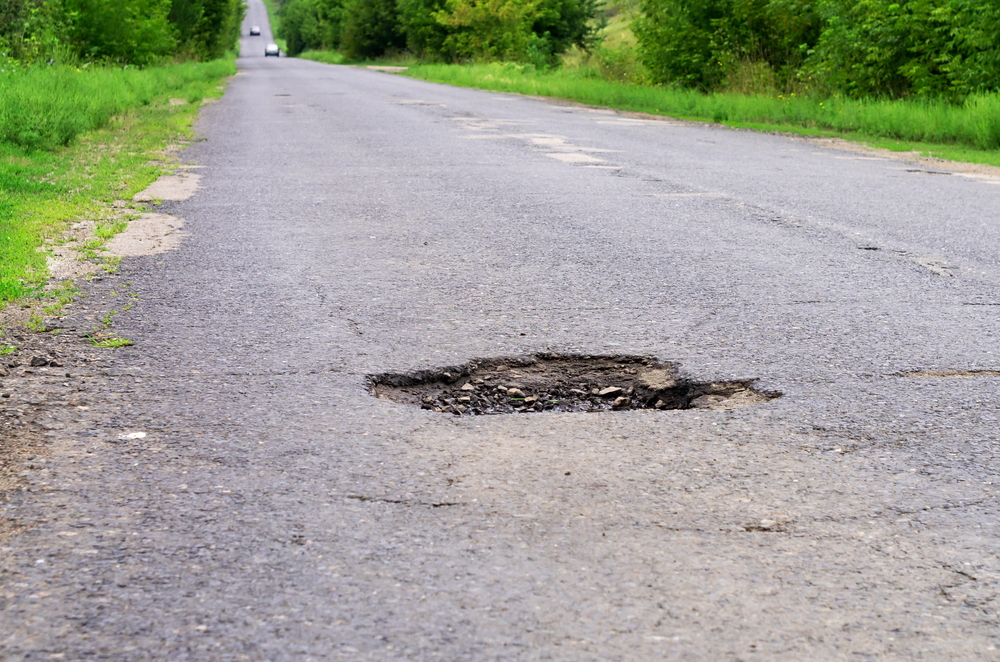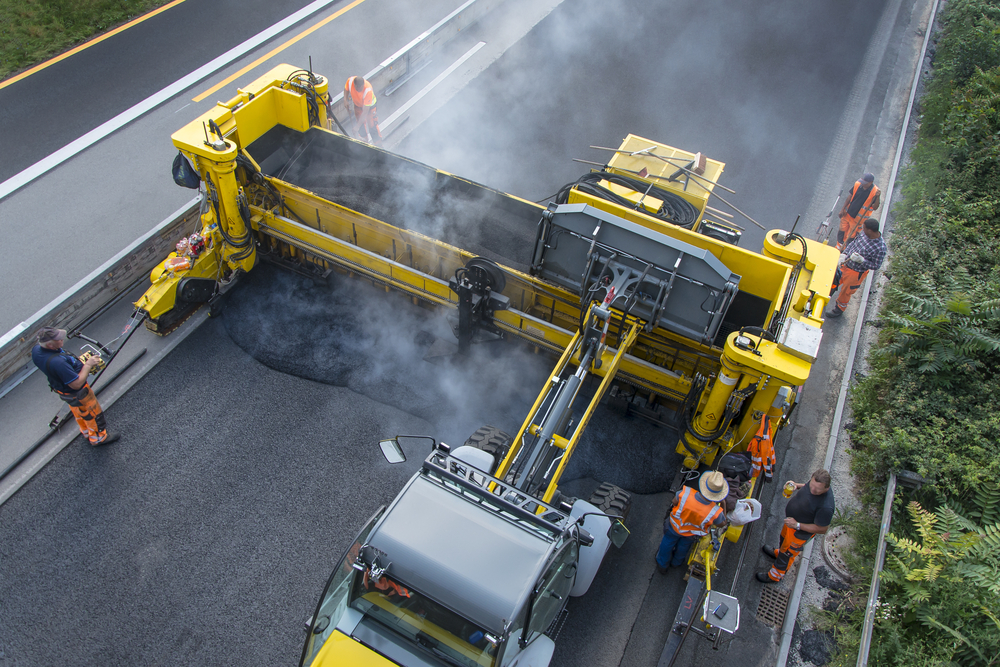by lakeridge | May 31, 2018 | Commercial Paving, Residential Paving
Download the full presentation...

by lakeridge | May 31, 2018 | Commercial Paving
The asphalt industry has made leaps and bounds in terms of ecological impact. Companies like Lakeridge Paving Co. contribute to the improved sustainability of asphalt by using recycled materials as much as possible. From an economical and functionality standpoint, asphalt is still the best option for paving roads, and will be for the foreseeable future. It’s incumbent upon companies like ours to do our best to minimize the environmental impact of asphalt, and we strive to do so every day. But in the distant future, there may be options that are more sustainable and functional than asphalt – even if that day is far off. As technology continues to improve and international interest in “green” advancement grows, solar panel roads may become a realistic possibility that could provide a more sustainable alternative to asphalt. The cost – and the sheer volume of roads – means solar roads are not an economical or entirely realistic solution today, but it’s interesting nonetheless. A Second Look at Solar Roadways® You have probably heard about Solar Roadways before, even if you don’t recognize the company name. In 2010, the husband-wife team Scott and Julie Brusaw received their first of three grants from the U.S. Department of Transportation, and news outlets started reporting on their unique story. Then in 2014, they launched a highly successful Indiegogo crowdfunding campaign, raising more than 2.2 million dollars.1 Their press coverage has dwindled since then, but they’ve continued their work on solar panels in the meantime. So, what have the Brusaws been up to? As it turns out, they’ve installed a solar panel prototype in their hometown...
by lakeridge | Apr 20, 2018 | Commercial Paving
Download the full presentation...

by lakeridge | Apr 20, 2018 | Commercial Paving
As temperatures climb, you may start to notice an increase in tire blowouts and accidents around town. This is because spring is the season of pothole formation. Potholes are not only a major inconvenience, but also a serious safety problem. Why Potholes Are Worse in Spring March and April have two characteristics that fuel the formation of potholes – plenty of rain and fluctuating temperatures. Of course, Washington is rainy year-round, so the real problem for us in spring is the constant dance above and below the freezing point. On any given day, the water in the ground may freeze or thaw, which greatly affects the composition of our roads. How Potholes Form Potholes are caused by the degradation of both the asphalt and the roadbed that lies just beneath. Over time, a large amount of traffic and water will cause them to break down and collapse, creating a pothole. Formation of cracks – Most often, cracks are formed due to regular traffic. As cars and trucks roll over the pavement, the asphalt is put under alternating states of high stress and no stress. This will eventually create small cracks in the road. In hot climates, the cracks worsen with high temperatures, and in cold climates, cracks are widened when water gets inside, freezes and expands. Water seepage – Cracks in the road give rainwater a pathway to seep into the asphalt and the roadbed layer underneath. Traffic makes this problem worse, as the weight from vehicles forces water downward into the road. Pooled water softens the roadbed and weakens the pavement it supports. Freezing – In the...
by lakeridge | Mar 15, 2018 | Commercial Paving, Residential Paving
Download the full presentation...

by lakeridge | Mar 15, 2018 | Commercial Paving, Residential Paving
Although 94 percent of paved roads in the US are covered in asphalt, it has many other uses beyond providing durable and reliable protection for highways and parking lots.1 In fact, many people don’t realize the versatile material offers such a wide variety of surprising and strange potential uses – including some around the home. Here are just a handful of surprising uses for asphalt you may not know about. Graffiti Removal Unfortunately, buildings made of brick or cinderblock are makeshift canvases for graffiti vandals. When a graffiti artist does spray paint a wall, their work is difficult to remove, and the process often requires stripping agents or other heavy chemicals which can damage the building materials. An easy way to minimize the effect a graffiti artist can have on your building is to coat the exterior in black, asphalt-based paint. It won’t stop a vandal from tagging the wall, but if they do, you can quickly cover it up with an additional layer of virtually unnoticeable asphalt paint. Protecting Trees and Wood Liquid asphalt can serve as a bandage for trees with open wounds due to limb removal, insect infestation or any other kind of damage. Simply seal the wound with a coat of liquid asphalt and it will be less vulnerable to additional damage like bacteria or rot. Even wooden structures, such as patios, decks or wooden fences, can be protected from the elements and the effects of old age with a coat of asphalt sealant. Art Interestingly, asphalt can either protect against artistic expression or encourage it. For example, bitumen, the primary binding agent in...




